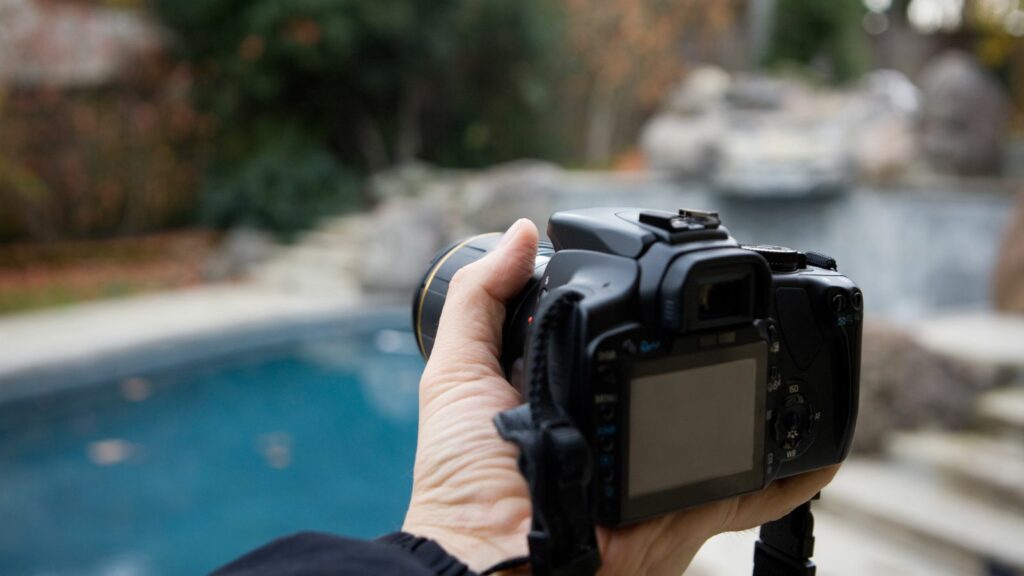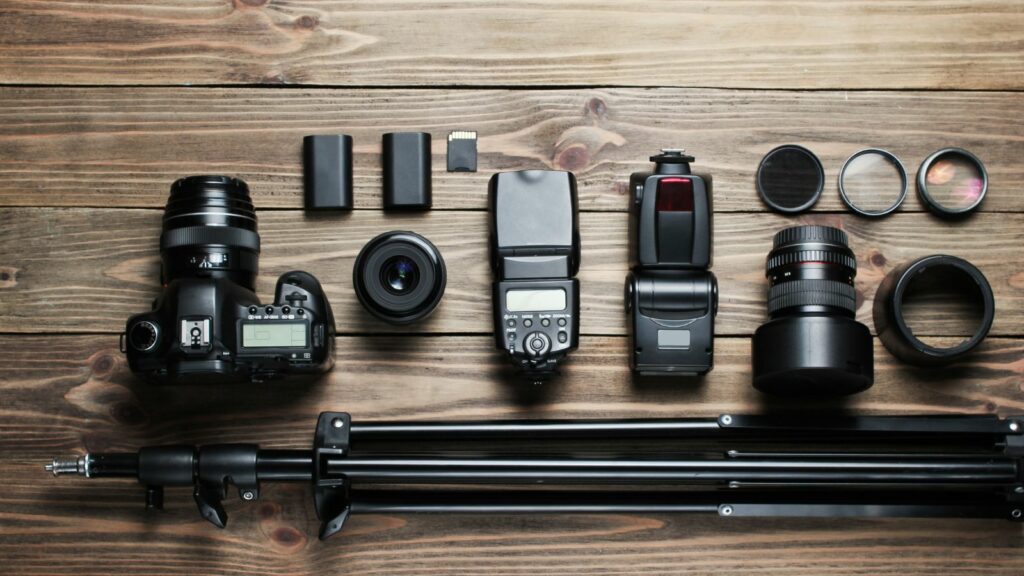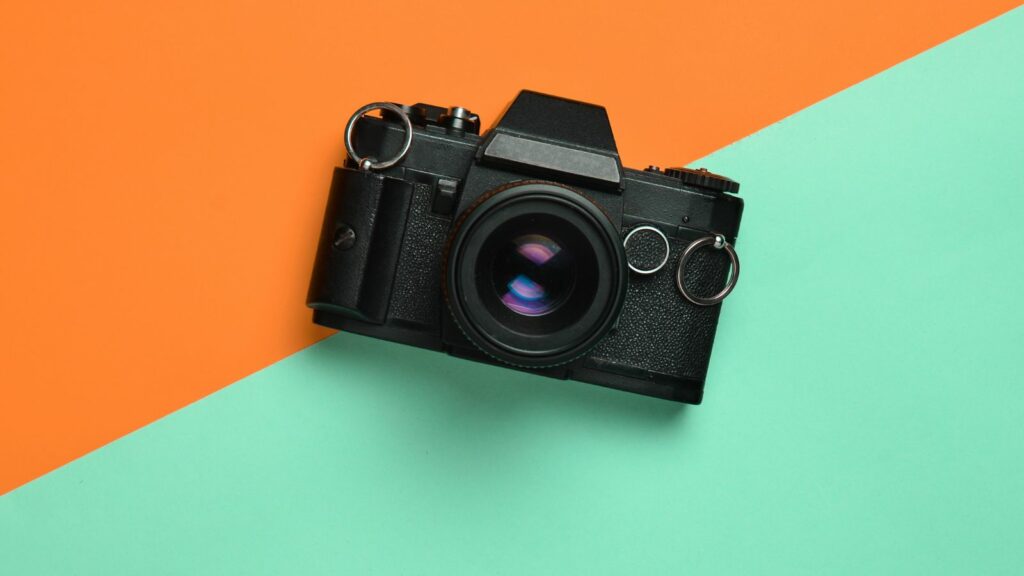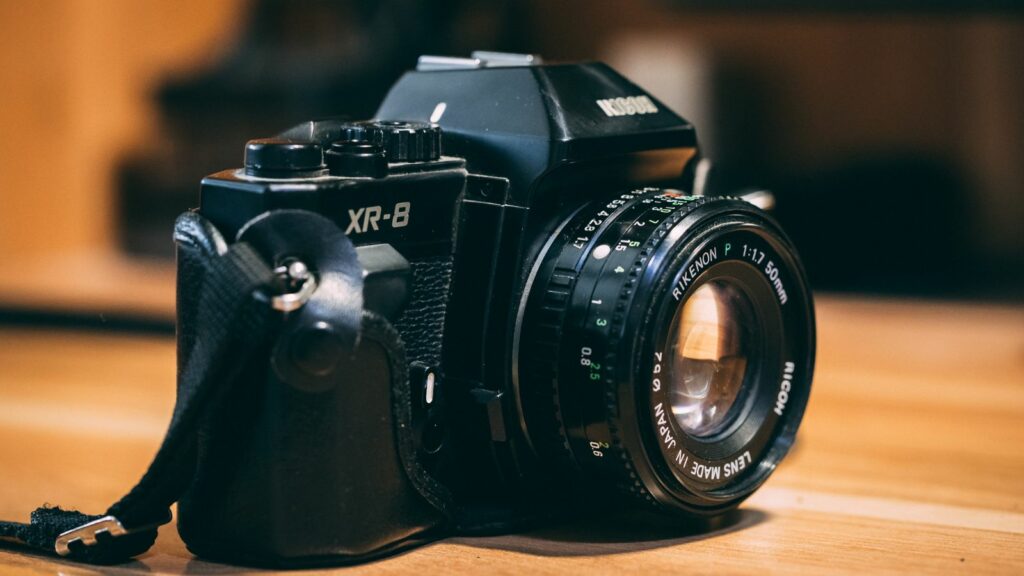When it comes to photography, the camera is the heart of the operation. But how to store camera gear Is just as crucial, yet often neglected. Proper storage of camera gear not only extends its lifespan but also ensures it’s ready to capture those picture-perfect moments at a moment’s notice.
How to Store Camera Gear
Storing camera gear correctly isn’t just about organization. It also impacts the longevity and performance of the equipment. Let’s delve deeper into the significance of proper camera gear storage.

Develop a routine for camera gear maintenance, one that includes cleaning, checking, and storing each piece properly. Doing this has a big payoff: it adds years to your gear’s life. Consider this, a lens kept clean, free from dust and moisture, won’t develop fungus, maintaining its quality for longer. A tripod, folded and stored correctly, won’t get its legs uneven or unstable due to improper handling. Regularly cleaning sensor swabs ensures they don’t accumulate dust, reducing the risk of scratching your sensor during cleaning.
How to store camera gear doesn’t just cater to the physical longevity of your camera gear. It also safeguards the quality of your images. Consider a camera stored without its cap on – over time, the uncovered lens attracts dust, smudges, and scratches, causing the image quality to deteriorate.
Exploring Different Types of Camera Gear
Breaking Down Camera Bodies and Lenses
Camera bodies, the hub of photographic machinery, house the sensor, mechanisms for exposure and focus, and interfaces for control. The correct storage can protect these intricate parts, ensuring optimal performance and prolonging their life. Comparably, lenses, made of complex assemblies of glass elements, affect the light’s path to the sensor, shaping the final image’s outcome. Damage to a lens, such as scratches or fungi, negatively affects image quality, making its appropriate storage crucial for preventing such issues.
Describing Supplementary Gear: Tripods, Filters, etc.

Moving beyond the essentials, photographers employ various supplementary gear to enhance their work. Tripods, used to stabilize the camera for sharp, well-composed shots, need to be stored correctly to maintain their stability and functionality over time. Filters, another critical piece of gear that photographers use to control the amount, quality, or color of light entering the camera, require careful storage to prevent cracks or color fading. Equally, other gear such as flashguns, reflectors, and memory cards have varying storage needs to protect their integrity, functionality, and, in the case of memory cards, the safekeeping of data that they contain.
Through understanding each piece of gear’s role and its storage needs, photographers can enhance their equipment’s longevity, maintain image quality, and avoid potential data corruption.
Tips for Maintaining Camera Gear in Storage

Prioritizing regular cleaning and check-up routines for camera gear can contribute to its extended lifespan. For instance, removing dust from camera bodies and lenses minimizes the risk of scratches or damage. Utilize air blowers, soft cloths, or specific camera cleaning kits, which are proven effective for the task. Likewise, a frequent check-up for signs of wear and tear, fungus, or detachment in gear parts reduces the potential for unexpected equipment failure.
Effective storage for camera gear involves maintaining ideal conditions, including temperature, humidity, and cleanliness. Experts recommend storage temperatures to be between 20°C and 30°C, with relative humidity around 35-45%, which are conditions that prevent issues like lens fogging or internal condensation. Equally critical is storing gear in clean, dust-free bags and storage boxes, ensuring that each piece of equipment is well protected. Utilize silica gel packets or dehumidifying cabinets if necessary, as they help control moisture levels, thereby safeguarding the delicate components of camera gear.
Maintenance and Storage
So, you’ve learned how to store camera gear isn’t just about organization. It’s a fundamental aspect that impacts the longevity and performance of your equipment. By developing a routine for maintenance and storage, you’re not only extending the life of your gear but also preserving the quality of your images. Understanding the specific storage needs of each piece of your equipment, from camera bodies and lenses to tripods and filters, is key to maintaining their functionality and integrity.



